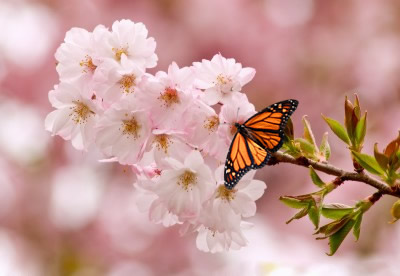In a heartwarming and crucial conservation success, over 1,200 endangered butterflies were recently released back into their natural habitat in Michigan. This remarkable achievement is part of a broader effort to restore the populations of several butterfly species across the United States, including those that were teetering on the brink of extinction.
One of the primary focuses of this conservation initiative has been the Poweshiek skipperling, a tiny butterfly species that was once common across the Midwest but has become one of the rarest butterflies in the world. Factors like pesticide use and habitat loss contributed to their decline, leaving only a few hundred in the wild. However, thanks to the dedicated efforts of the John Ball Zoo in Grand Rapids, Michigan, and its partners, these butterflies are making a comeback.
The zoo’s breeding program successfully raised over 45 pairs of Poweshiek skipperlings, which were then reintroduced into areas where they hadn’t been seen in years. This release marks a significant step forward in the fight to save these delicate creatures from disappearing forever.
But the good news doesn’t stop there. This effort is part of a larger movement to protect and revive endangered butterflies across the country. Similar successes have been seen with the California Pipevine swallowtail in San Francisco and the Fender’s blue butterfly in Oregon, whose populations have been bolstered through years of focused conservation work.
These efforts underscore the importance of preserving biodiversity and the vital role that even the smallest creatures play in our ecosystems. The revival of these butterflies is not just a victory for conservationists but a reminder of what can be achieved when communities, scientists, and organizations work together for a common cause.
